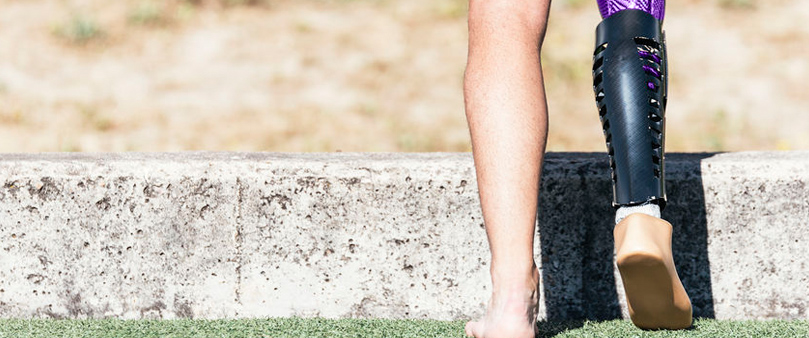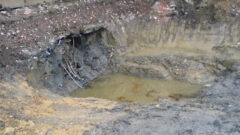
Frogs regrow missing limbs in controversial research
Unless you’re Doctor Who, it’s widely assumed that if you lose a hand, you can’t grow it back.
But scientists in the US have found a way to help frogs make a very basic attempt at re-growing a leg – and say they hope that in the future, it might work on humans too.
The team at Tufts University in Massachusetts, led by Michael Levin, director of the Tufts Centre for Regenerative and Developmental Biology, succeeded in getting a species of African frog to regrow a sort of leg with bones, nerves and blood vessels, though no foot. Normally, if the frogs lose a leg they regrow only a bit of cartilage.
Limb re-growth
Controversially, the team amputated the frogs’ legs and applied a gel containing progesterone, the female sex hormone, which also helps to repair wounds, to the wound for 24 hours. This stimulated a process of regrowth that lasted nine months.The resulting leg, while rudimentary, did work – the frogs could use it as a paddle to help them swim. Frogs given a gel without progesterone did not regrow a leg.
The team is now working on improving the efficacy of the gel, and has succeeded in stimulating better-formed limbs with partial toes, although that work isn’t yet published.
Many animals can regenerate damaged body parts to some extent, including some amphibians, worms and fish. Cut a planarian flatworm in half, and each half will grow back the end that was missing. Even a tiny section of the worm can regenerate itself – sometimes with two heads.
The obstacle with humans
Humans can’t re-grow in this way, because most of their cells have become specialised to perform particular functions, so lose the ability to change into other types of cells, which they would need to make half a new body. However, humans can regenerate some things – their epidermis, for example, which is continually being replaced anyway, parts of the lining of their digestive system, parts of their liver, the tips of their fingers if the cells under the fingernails are still intact. Bones will also knit together if you rejoin the pieces.
However, these involve a re-growing of things that are still partly there, rather than a wholesale replacement. The liver, for example, can regrow to replace a part that is lost, but if you lose your whole liver, you can’t regrow one from scratch. For a limb to regenerate, you’d need bone, muscle, blood vessels and nerves, and the cells would need to build the right parts in the right order. Levin pointed out, however: “Your body knows how to make a limb – it did that during embryonic development.”
Salamanders can do this – you can cut their limbs off multiple times and they’ll grow a new one each time. They, like humans, have specialised cells, but can use stem cells – non-specialised cells which can be put to any purpose – to re-grow limbs.
David Gardiner, professor of developmental and cell biology at the University of California, Irvine, wonders if there is a link with the fact that salamanders don’t form scar tissue. When humans are damaged in a way that they can’t repair properly, they form scar tissue, which doesn’t work in the same way as the original tissue. But salamanders don’t. In 2013 James Godwin, a scientist at Monash University in Melbourne, found that cells called macrophages seemed to prevent them from doing so – and that salamanders without macrophages formed scars instead of regenerating their limbs.
If your company is involved in medical research, you could be eligible for government funding through the research and development tax credits scheme. At R&D Tax Solutions, we specialise in helping companies make successful claims. Have a look at our r&d tax credit calculator and r&d tax credits examples to see how much you could be eligible for – and call us at our Manchester office to see how we can help.





